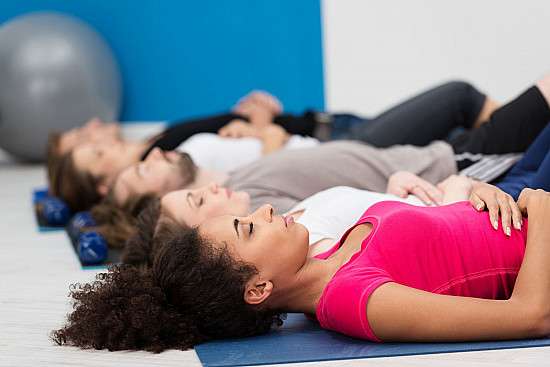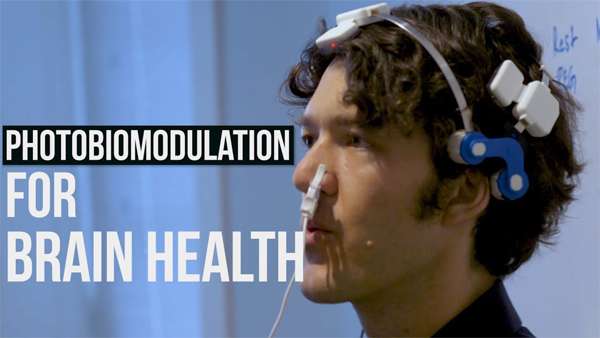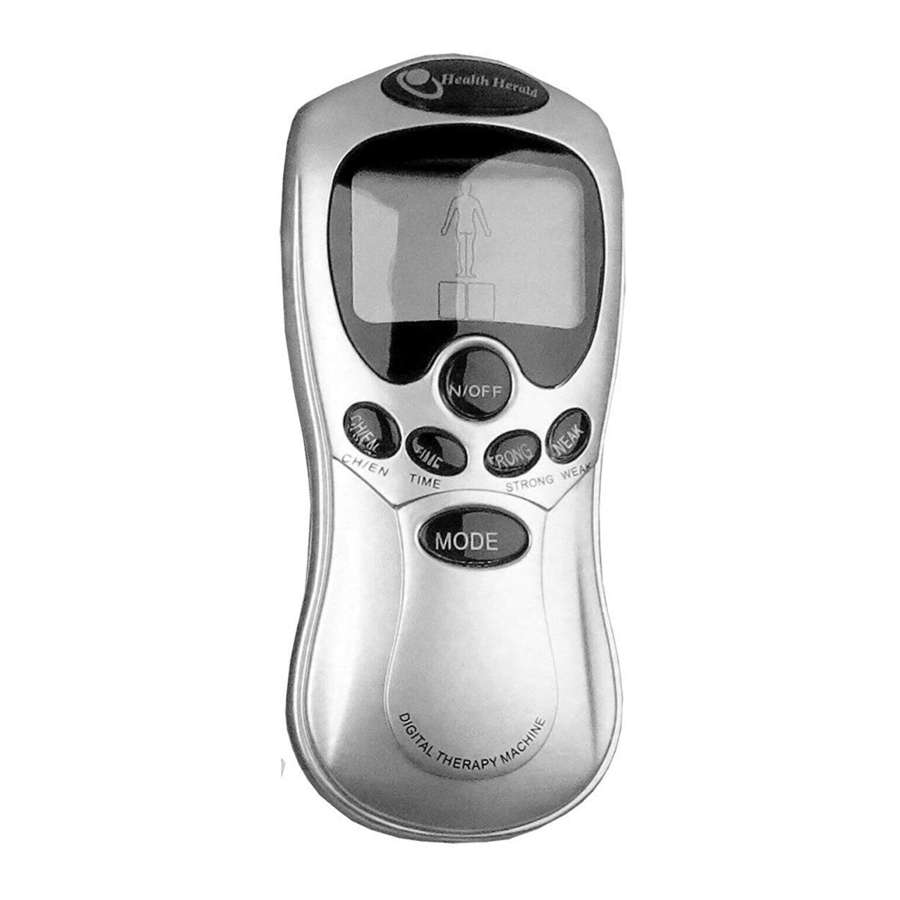Take a deep breath in. Now let it out. You may notice a difference in how you feel already. Your breath is a powerful tool to ease stress and make you feel less anxious. Some simple breathing exercises can make a big difference if you make them part of your regular routine.
Before you get started, keep these tips in mind:
- Choose a place to do your breathing exercise. It could be in your bed, on your living room floor, or in a comfortable chair.
- Don’t force it. This can make you feel more stressed.
- Try to do it at the same time once or twice a day.
- Wear comfortable clothes.
Many breathing exercises take only a few minutes. When you have more time, you can do them for 10 minutes or more to get even greater benefits.
This calming breathing technique for stress, anxiety and panic takes just a few minutes and can be done anywhere.
You will get the most benefit if you do it regularly, as part of your daily routine.
You can do it standing up, sitting in a chair that supports your back, or lying on a bed or yoga mat on the floor.
Make yourself as comfortable as you can. If you can, loosen any clothes that restrict your breathing.
If you’re lying down, place your arms a little bit away from your sides, with the palms up. Let your legs be straight, or bend your knees so your feet are flat on the floor.
If you’re sitting, place your arms on the chair arms.
If you’re sitting or standing, place both feet flat on the ground. Whatever position you’re in, place your feet roughly hip-width apart.
- Let your breath flow as deep down into your belly as is comfortable, without forcing it.
- Try breathing in through your nose and out through your mouth.
- Breathe in gently and regularly. Some people find it helpful to count steadily from 1 to 5. You may not be able to reach 5 at first.
- Then let it flow out gently, counting from 1 to 5 again, if you find this helpful.
- Keep doing this for at least 5 minutes.
Deep breathing is one of the best ways to lower stress in the body. This is because when you breathe deeply, it sends a message to your brain to calm down and relax. The brain then sends this message to your body. Those things that happen when you are stressed, such as increased heart rate, fast breathing, and high blood pressure, all decrease as you breathe deeply to relax.
Have you ever noticed how you breathe when you feel relaxed? The next time you are relaxed, take a moment to notice how your body feels. Or think about how you breathe when you first wake up in the morning or just before you fall asleep. Breathing exercises can help you relax, because they make your body feel like it does when you are already relaxed.
How do you do breathing exercises?
There are lots of breathing exercises you can do to help relax. The first exercise below—belly breathing—is simple to learn and easy to do. It’s best to start there if you have never done breathing exercises before. The other exercises are more advanced. All of these exercises can help you relax and relieve stress.
Belly breathing
Belly breathing is easy to do and very relaxing. Try this basic exercise anytime you need to relax or relieve stress.
- Sit or lie flat in a comfortable position.
- Put one hand on your belly just below your ribs and the other hand on your chest.
- Take a deep breath in through your nose, and let your belly push your hand out. Your chest should not move.
- Breathe out through pursed lips as if you were whistling. Feel the hand on your belly go in, and use it to push all the air out.
- Do this breathing 3 to 10 times. Take your time with each breath.
- Notice how you feel at the end of the exercise.
Next steps
After you have mastered belly breathing, you may want to try one of these more advanced breathing exercises. Try all three, and see which one works best for you:
- 4-7-8 breathing
- Roll breathing
- Morning breathing
4-7-8 breathing
This exercise also uses belly breathing to help you relax. You can do this exercise either sitting or lying down.
- To start, put one hand on your belly and the other on your chest as in the belly breathing exercise.
- Take a deep, slow breath from your belly, and silently count to 4 as you breathe in.
- Hold your breath, and silently count from 1 to 7.
- Breathe out completely as you silently count from 1 to 8. Try to get all the air out of your lungs by the time you count to 8.
- Repeat 3 to 7 times or until you feel calm.
- Notice how you feel at the end of the exercise.
Roll breathing
Roll breathing helps you to develop full use of your lungs and to focus on the rhythm of your breathing. You can do it in any position. But while you are learning, it is best to lie on your back with your knees bent.
- Put your left hand on your belly and your right hand on your chest. Notice how your hands move as you breathe in and out.
- Practice filling your lower lungs by breathing so that your “belly” (left) hand goes up when you inhale and your “chest” (right) hand remains still. Always breathe in through your nose and breathe out through your mouth. Do this 8 to 10 times.
- When you have filled and emptied your lower lungs 8 to 10 times, add the second step to your breathing: inhale first into your lower lungs as before, and then continue inhaling into your upper chest. Breathe slowly and regularly. As you do so, your right hand will rise and your left hand will fall a little as your belly falls.
- As you exhale slowly through your mouth, make a quiet, whooshing sound as first your left hand and then your right hand fall. As you exhale, feel the tension leaving your body as you become more and more relaxed.
- Practice breathing in and out in this way for 3 to 5 minutes. Notice that the movement of your belly and chest rises and falls like the motion of rolling waves.
- Notice how you feel at the end of the exercise.
Practice roll breathing daily for several weeks until you can do it almost anywhere. You can use it as an instant relaxation tool anytime you need one.
Caution: Some people get dizzy the first few times they try roll breathing. If you begin to breathe too fast or feel light-headed, slow your breathing. Get up slowly.
Morning breathing
Try this exercise when you first get up in the morning to relieve muscle stiffness and clear clogged breathing passages. Then use it throughout the day to relieve back tension.
- From a standing position, bend forward from the waist with your knees slightly bent, letting your arms dangle close to the floor.
- As you inhale slowly and deeply, return to a standing position by rolling up slowing, lifting your head last.
- Hold your breath for just a few seconds in this standing position.
- Exhale slowly as you return to the original position, bending forward from the waist.
- Notice how you feel at the end of the exercise.
Deep breathing is one of the best ways to lower stress in the body. This is because when you breathe deeply, it sends a message to your brain to calm down and relax. The brain then sends this message to your body. Those things that happen when you are stressed, such as increased heart rate, fast breathing, and high blood pressure, all decrease as you breathe deeply to relax.
Have you ever noticed how you breathe when you feel relaxed? The next time you are relaxed, take a moment to notice how your body feels. Or think about how you breathe when you first wake up in the morning or just before you fall asleep. Breathing exercises can help you relax, because they make your body feel like it does when you are already relaxed.
How do you do breathing exercises?
There are lots of breathing exercises you can do to help relax. The first exercise below—belly breathing—is simple to learn and easy to do. It’s best to start there if you have never done breathing exercises before. The other exercises are more advanced. All of these exercises can help you relax and relieve stress.
Belly breathing
Belly breathing is easy to do and very relaxing. Try this basic exercise anytime you need to relax or relieve stress.
- Sit or lie flat in a comfortable position.
- Put one hand on your belly just below your ribs and the other hand on your chest.
- Take a deep breath in through your nose, and let your belly push your hand out. Your chest should not move.
- Breathe out through pursed lips as if you were whistling. Feel the hand on your belly go in, and use it to push all the air out.
- Do this breathing 3 to 10 times. Take your time with each breath.
- Notice how you feel at the end of the exercise.
Next steps
After you have mastered belly breathing, you may want to try one of these more advanced breathing exercises. Try all three, and see which one works best for you:
- 4-7-8 breathing
- Roll breathing
- Morning breathing
4-7-8 breathing
This exercise also uses belly breathing to help you relax. You can do this exercise either sitting or lying down.
- To start, put one hand on your belly and the other on your chest as in the belly breathing exercise.
- Take a deep, slow breath from your belly, and silently count to 4 as you breathe in.
- Hold your breath, and silently count from 1 to 7.
- Breathe out completely as you silently count from 1 to 8. Try to get all the air out of your lungs by the time you count to 8.
- Repeat 3 to 7 times or until you feel calm.
- Notice how you feel at the end of the exercise.
Roll breathing
Roll breathing helps you to develop full use of your lungs and to focus on the rhythm of your breathing. You can do it in any position. But while you are learning, it is best to lie on your back with your knees bent.
- Put your left hand on your belly and your right hand on your chest. Notice how your hands move as you breathe in and out.
- Practice filling your lower lungs by breathing so that your “belly” (left) hand goes up when you inhale and your “chest” (right) hand remains still. Always breathe in through your nose and breathe out through your mouth. Do this 8 to 10 times.
- When you have filled and emptied your lower lungs 8 to 10 times, add the second step to your breathing: inhale first into your lower lungs as before, and then continue inhaling into your upper chest. Breathe slowly and regularly. As you do so, your right hand will rise and your left hand will fall a little as your belly falls.
- As you exhale slowly through your mouth, make a quiet, whooshing sound as first your left hand and then your right hand fall. As you exhale, feel the tension leaving your body as you become more and more relaxed.
- Practice breathing in and out in this way for 3 to 5 minutes. Notice that the movement of your belly and chest rises and falls like the motion of rolling waves.
- Notice how you feel at the end of the exercise.
Practice roll breathing daily for several weeks until you can do it almost anywhere. You can use it as an instant relaxation tool anytime you need one.
Caution: Some people get dizzy the first few times they try roll breathing. If you begin to breathe too fast or feel lightheaded, slow your breathing. Get up slowly.
Morning breathing
Try this exercise when you first get up in the morning to relieve muscle stiffness and clear clogged breathing passages. Then use it throughout the day to relieve back tension.
- From a standing position, bend forward from the waist with your knees slightly bent, letting your arms dangle close to the floor.
- As you inhale slowly and deeply, return to a standing position by rolling up slowing, lifting your head last.
- Hold your breath for just a few seconds in this standing position.
- Exhale slowly as you return to the original position, bending forward from the waist.
- Notice how you feel at the end of the exercise.



